During a recent visit to the NASA Glenn Research Center in Cleveland, Ohio, my colleagues and I were taken on a tour on the GreenLab research facility. Dr. Bilal M. M. Bomani demonstrated and explained how and why the lab is in existence and the purpose it serves.
The GreenLab’s significance towards a “green” life is to change the methods currently used to obtain energy and fuel resources. The GreenLab uses a greenhouse effect – the plants get energy to grow from the sun by means of phototropism, in a closed, temperature-controlled atmosphere. The roots grow into the sand and water to obtain nutrients by means of chemotropism. On coastlines, plant roots get their nutrients and fish like to feed. The lab’s eco-system is modeled after this type of coastline environment, because we will never run out of salt water and sandy beaches.
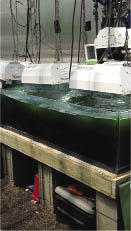 To make this self-sustaining, environmentally sound, closed lab, the scientist do not: 1) use fresh water; 2) compete with food crop; 3) use chemical fertilizer; and, 4) use arable land. What do they use? They use salt water, beach sand, and fish waste; the same conditions that are found on a typical coastline. The fish waste powers the plants. As an alternative to conventional fuel, the waste is also used to fuel aviation aircraft. The algae grown from the fish tanks in the lab, is taken to a facility to be processed into liquid, then converted to oil, and then manufactured into bio-fuel for aircrafts. (This is not the same process used for transportation fuel because further processing is involved.)
To make this self-sustaining, environmentally sound, closed lab, the scientist do not: 1) use fresh water; 2) compete with food crop; 3) use chemical fertilizer; and, 4) use arable land. What do they use? They use salt water, beach sand, and fish waste; the same conditions that are found on a typical coastline. The fish waste powers the plants. As an alternative to conventional fuel, the waste is also used to fuel aviation aircraft. The algae grown from the fish tanks in the lab, is taken to a facility to be processed into liquid, then converted to oil, and then manufactured into bio-fuel for aircrafts. (This is not the same process used for transportation fuel because further processing is involved.)
Most green labs use paddle wheels to agitate the water in the fish tanks, emulating waveforms that bodies of water produce. With this technique, problems emerged due to algae forming on one-side of the tanks, resulting in clogging, stacking and stagnant water. In the GreenLab, the technique used for a more natural oceanic environment is called waving.
An important growth of algae is light absorbency. Waving helps the algae get the sunlight it needs throughout the tank. Thus, sunlight helps to produce more algae, which in turn, produces more oils for production. Although algae are an expensive way of extracting fuel, Halophytes are economically cost-efficient. Halophytes are salt-tolerating plants, which can survive in salt or fresh water environments. Halophytes are used in the GreenLab for specifications needed for jetfuel (biojet); yet, are edible. Realistically, Halophytes can grow on coastal areas in arid conditions.
What is the future of the GreenLab? One of the most intriguing aspects of the GreenLab is that it is a STEM institute. All major topics taught in used in the facility. The GreenLab not only gets its funding from NASA, it receives funding from private companies and local municipalities to conduct the research. Companies can use the information gathered from the GreenLab and become “green” entities. Therefore, the GreenLab is creating a baseline network to generate jobs, while simultaneously protecting our natural resources.
Watch Dr. Bomani’s interview online
Natasha Townsend
Associate Editor
Filed Under: Green engineering • renewable energy • sustainability

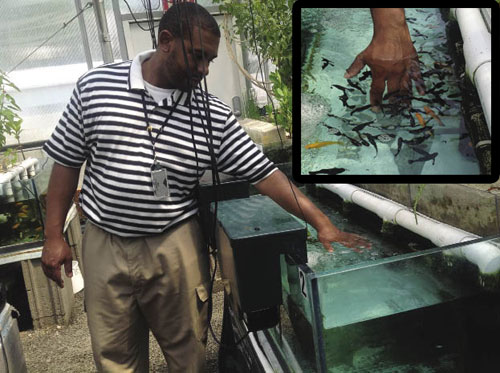

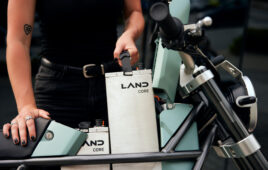
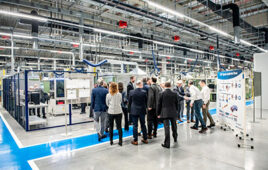
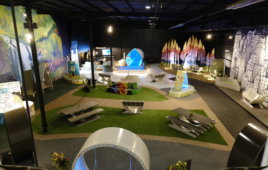

Tell Us What You Think!